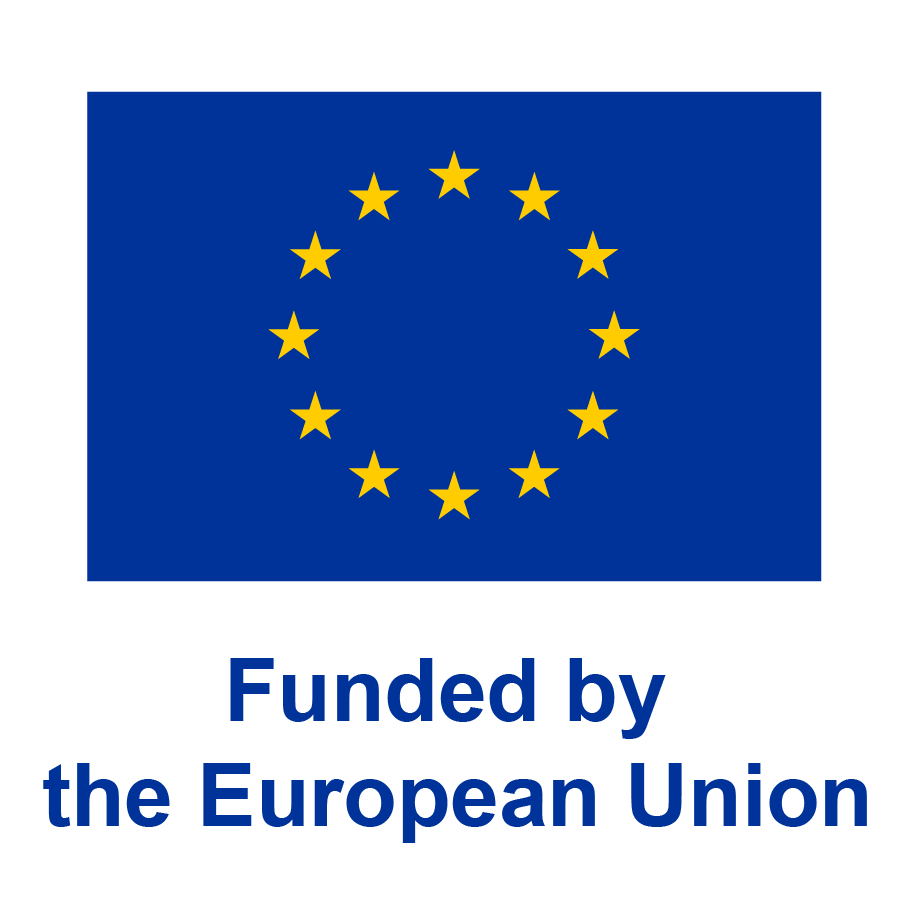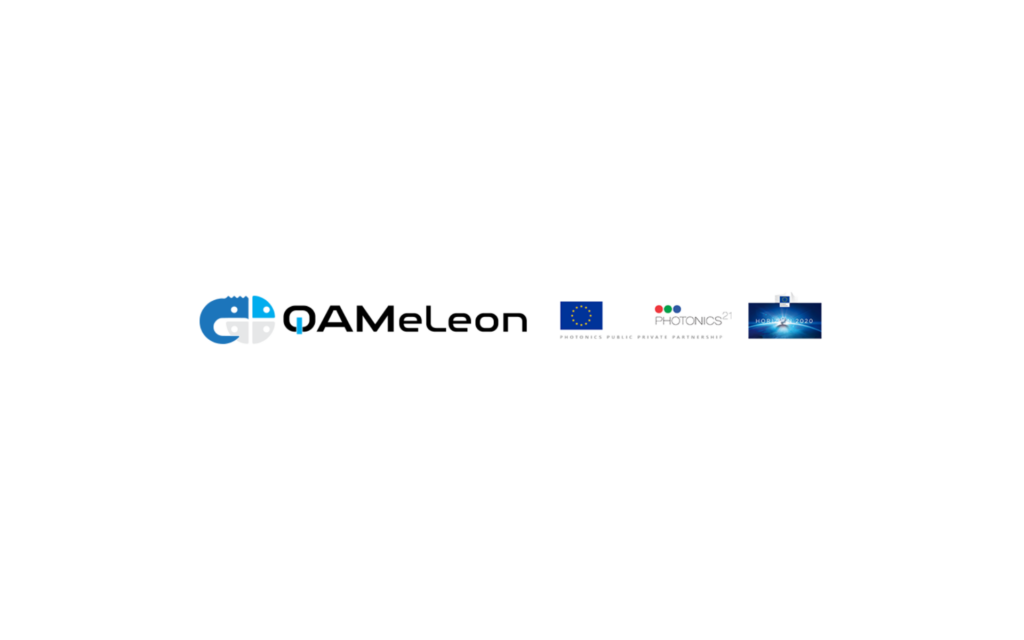Sliceable multi-QAM format SDN-powered transponders and ROADMs Enabling Elastic Optical Networks
[January 2018 – October 2022]
PCRL coordinated QAMeleon project. Sustained 2-digit growth in internet traffic was raising the need for new photonic technologies enabling Petabit/s network capacities, whereas suppressed operator margins call for new concepts to make these networks more efficient. QAMeleon aimed at a holistic solution towards scaling metro/core networks to the next decade. A new generation of SDN-programmable photonic components, modules and subsystems was delivered, employing sliceability as a means of optimizing resource utilization and cutting operator costs by >30%.
At the transponder side, QAMeleon developed components for 2 generations ahead: Operating at 128 Gbaud, they brought significant savings in footprint (>13×), energy/bit (10.4×) and cost/bit (>4.3×). At the ROADM side, QAMeleon developed large-scale flex-grid wavelength-selective switches (1×24 WSS) and transponder aggregators (8×24 TPA), reducing footprint and cost/port by more than 40% and 28% respectively, with energy savings per ROADM node reaching 4×. Addressing the emerging needs of 5G network backhaul and datacenter interconnect (DCI) metro-access networks where dynamicity was pivotal, QAMeleon developed an integrated flex-grid 1×4 WSS with nanosecond-scale switching time. The fast 1×4 WSS was scalable to large channel counts (i.e. full C-band) and has enabled savings in footprint, energy consumption and cost by 20×, 11.5× and 36% respectively.
QAMeleon integrated its innovative photonic components into functional subsystems: A 3 Tb/s sliceable bandwidth-variable transponder (S-BVT), a flexible ROADM with large-scale WSSs and TPAs, and a fast ROADM for metro-access. All necessary SDN software extensions, plugins and application interfaces were developed, providing a complete functional SDN framework for the sliceable “white box” subsystems. QAMeleon’s devices were integrated with the SDN software and validated in scalable demonstrators at Nokia’s lab infrastructure and on TIM’s deployed regional network fiber plant.


